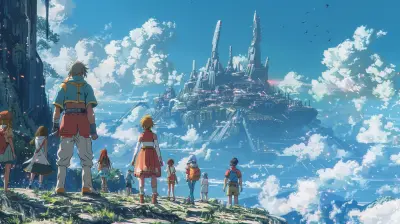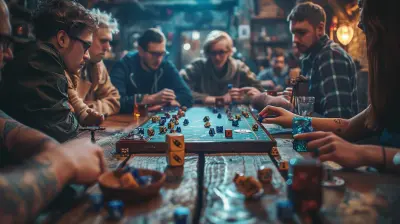JRPG Dungeons: Design Secrets That Keep Us Hooked
24 September 2025
If you’ve ever played a Japanese Role-Playing Game (JRPG), you know that dungeons are often the bread and butter of the experience. From labyrinthine caves to ancient castles teeming with danger, JRPG dungeons are a core gameplay element that somehow never gets old. But have you ever stopped and wondered why? Why do we willingly dive into these sprawling, trap-filled spaces over and over again? What makes them so addictive?
Let’s be honest—nobody really wakes up one morning thinking, "Yes, I’d love to spend 30 hours getting lost in a dungeon where even the walls look the same!" And yet, here we are, eagerly charting these digital mazes. The magic lies in the brilliant design choices that keep us hooked. So, let’s pull back the curtain and uncover the secrets behind why JRPG dungeons feel so rewarding.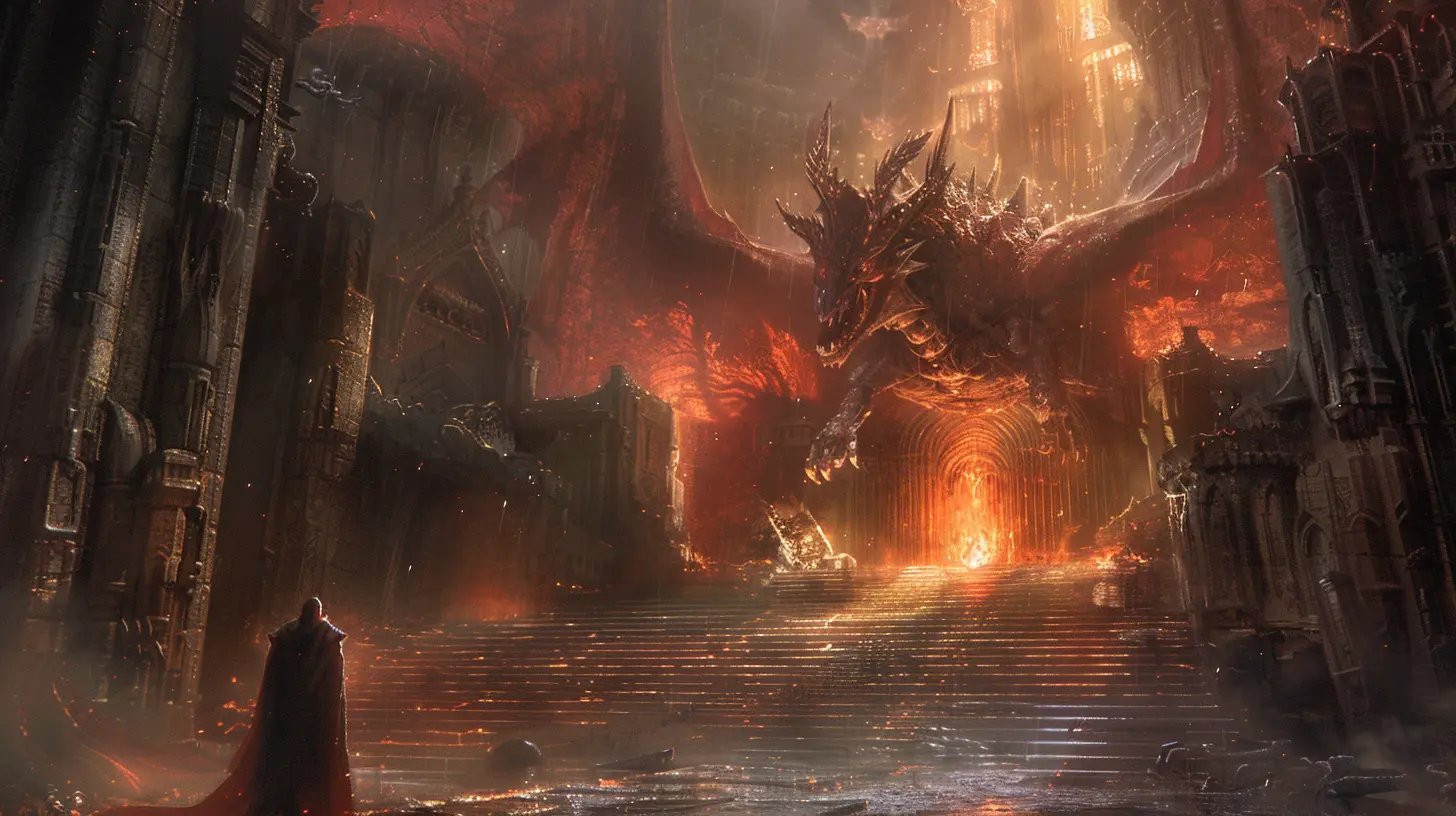
1. The Art of Mystery: Hooking You from the Start
At the heart of every great JRPG dungeon is a sense of mystery. You rarely walk into one knowing exactly what to expect. Will there be treasure hidden in that dark corner? A boss fight waiting to ambush you? Or maybe an NPC with a cryptic message that adds just a sliver of context to the grander story? This unpredictability keeps your curiosity on overdrive.Think about iconic titles like Final Fantasy or Persona. Dungeons here aren’t just places to level up or gather loot—they’re extensions of the story. Developers sprinkle breadcrumbs of lore, making each dungeon feel meaningful. They know how to stoke that primal urge in us: What’s around the next corner?
This is why JRPG dungeons are more than just spaces—they’re promises. Promises that whatever lies ahead could change the course of the game and, in turn, your emotional investment. It’s kind of like peeling layers off an onion (minus the tears). You keep going because you have to know what’s at the core.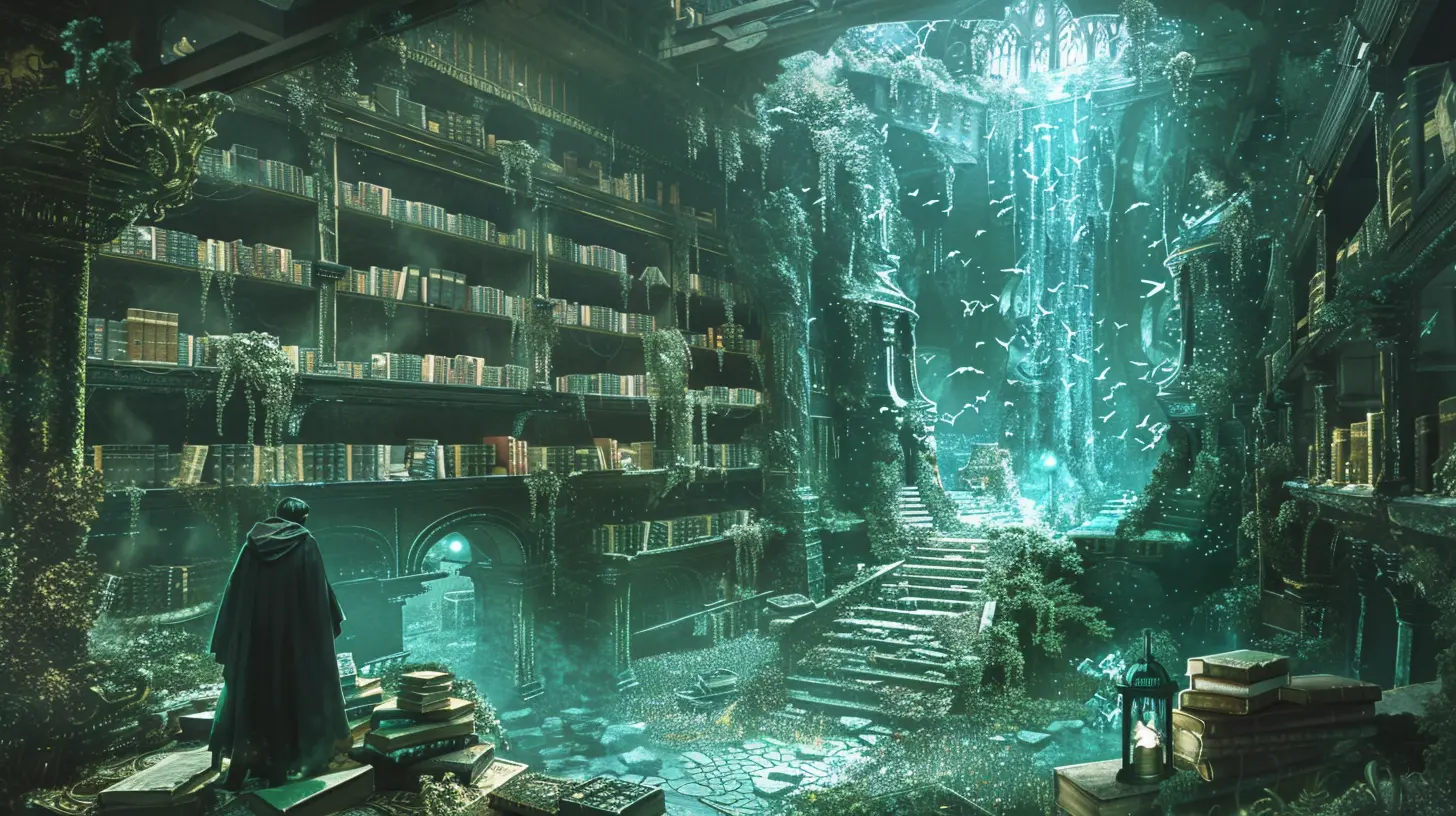
2. Puzzles That Tickle the Brain
Let’s face it, JRPGs love a good puzzle. Whether you’re pushing blocks, flipping switches, or deciphering riddles, dungeons are designed to make you feel like a genius when you solve their challenges. But here’s the thing: the puzzles aren’t always insanely difficult. And that’s deliberate.Game designers understand that too much frustration will have you rage-quitting faster than you can say “random encounter.” The trick is to balance complexity and accessibility. A great dungeon puzzle doesn’t just test your brain—it gives you an “aha!” moment that feels satisfying but not overwhelming.
Remember those color-coded levers in Chrono Trigger's Factory Dungeon? Or the rotating doors in Persona 5’s museum heist? These mechanics are clever enough to be memorable but not so brutal that they make you throw your controller (though, let’s be real, we’ve all been there with some games).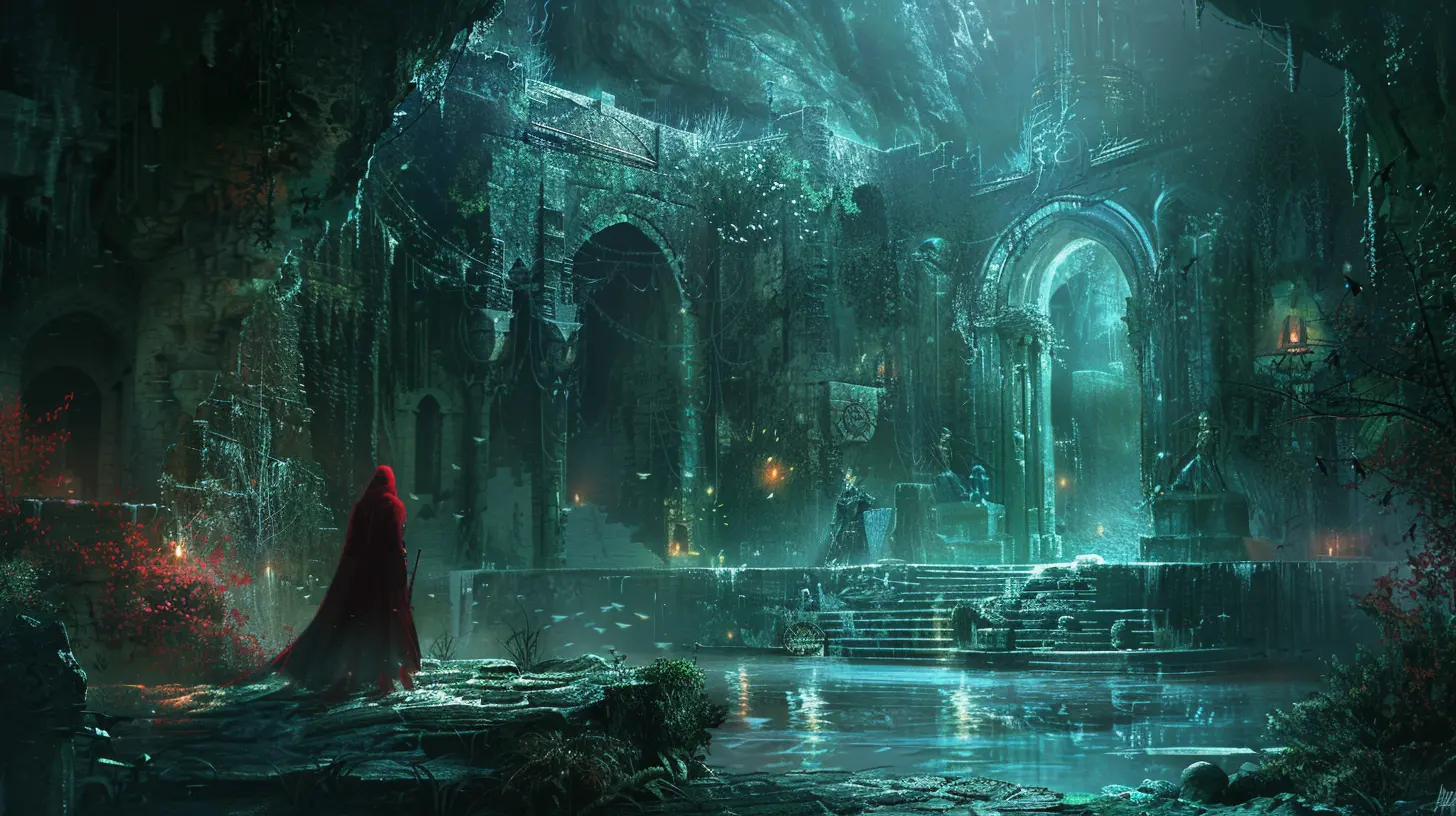
3. Enemies That Keep You on Your Toes
No JRPG dungeon would be complete without enemies lurking in every hallway. But it’s not just about slapping random mobs in your path; it’s about how these enemies challenge you. The best JRPGs use dungeons to introduce monsters that test your understanding of the game’s mechanics.Take Dragon Quest XI, for instance. Each dungeon escalates the difficulty ever so slightly, encouraging you to experiment with new skills or tweak your strategy. Maybe that fire spell you’ve been spamming suddenly doesn’t work because the monsters are immune. Or perhaps a new enemy type forces you to rethink your party formation.
Here’s the clever bit: these encounters aren’t just obstacles; they’re mini-puzzles. You’re constantly analyzing, adapting, and—let’s be honest—crossing your fingers that you’ll survive. Combat in JRPG dungeons is dynamic. It keeps you engaged because the stakes feel real, especially if there’s a save point you haven’t reached yet. (Pro tip: Save points are basically oxygen in JRPGs. Never take them for granted.)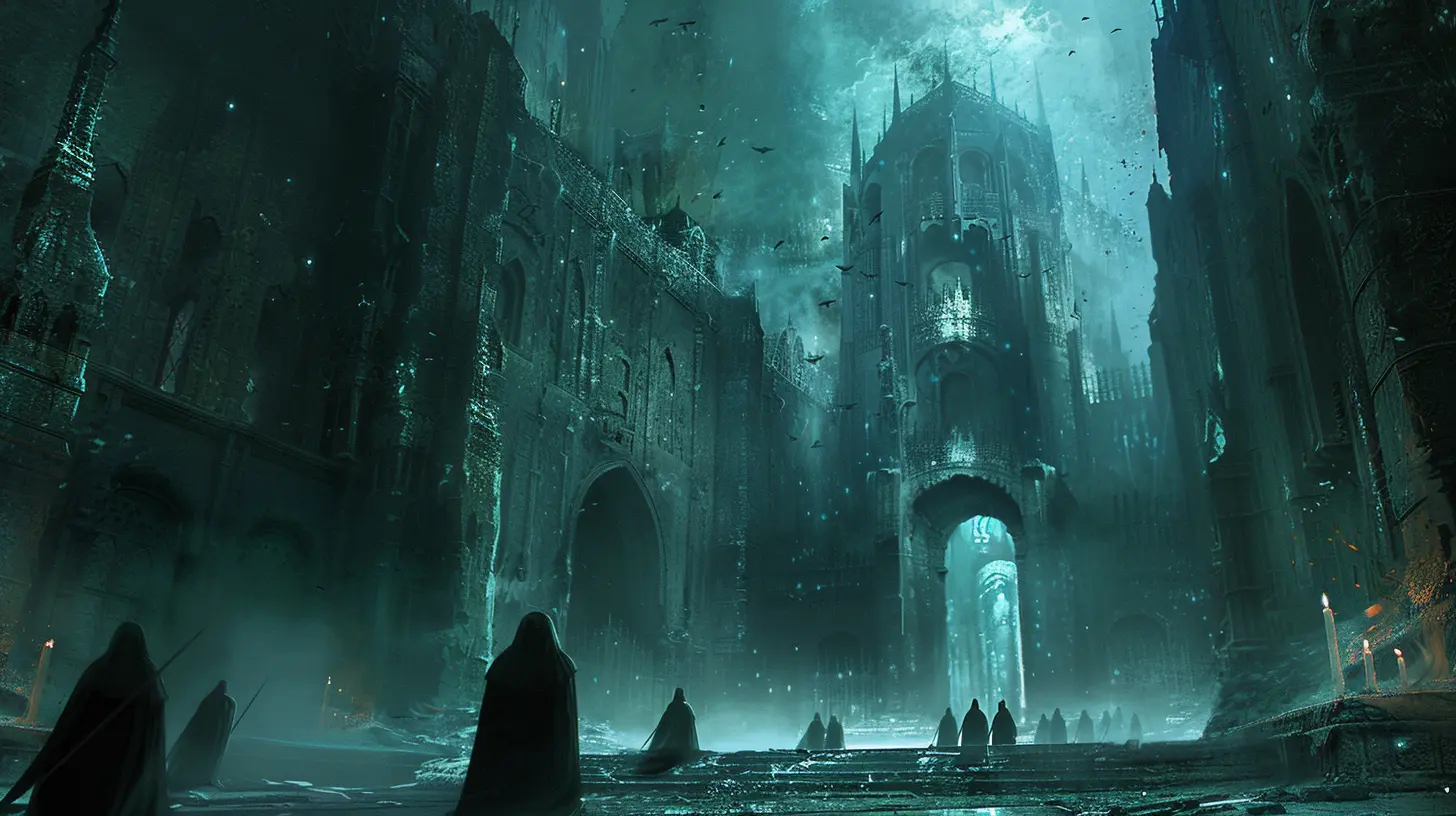
4. A Sense of Progression: The Carrot on the Stick
You know that feeling of reaching the next floor in a dungeon? The relief of finding a warp point or unlocking a shortcut that saves you from retracing your steps? That’s progression, and it’s one of the biggest reasons JRPG dungeons are so addictive.Good dungeon design is all about pacing. Developers scatter just enough rewards—whether it’s treasure chests, new gear, or even just a scenic change in environment—to keep you motivated. It’s like the game is saying, “Hang in there, you’re almost there!” even when you’re not.
And let’s not forget boss battles. There’s something deeply satisfying about surviving a grueling dungeon crawl and then taking down a massive, overpowered foe. It’s like climbing a mountain only to plant your flag at the top. The harder the climb, the sweeter the victory.
5. Atmosphere That Draws You In
If JRPG dungeons were just a series of flat, lifeless corridors, we wouldn’t care about them nearly as much. But the best ones have a unique atmosphere that pulls you in. Music, lighting, and visual design all come together to create a vibe that sticks with you.Take Xenoblade Chronicles, where each dungeon has its own distinct feel—whether it’s the eerie glow of Ether Mines or the sprawling majesty of Eryth Sea. Or how about Final Fantasy X’s Zanarkand Ruins, where the haunting piano theme makes every step feel heavy with emotion?
Atmosphere can do a lot of heavy lifting in JRPGs. It sets the tone, tells a story, and makes even the longest dungeons feel memorable. A good dungeon doesn’t just challenge your skills; it immerses you in its world.
6. Replayability: The Gift That Keeps on Giving
Here’s the thing about JRPG dungeons—they have layers. On a first playthrough, you might focus on surviving and advancing the story. But on subsequent runs? That’s when you start noticing all the hidden details.Maybe you missed a secret room or an optional boss. Maybe there’s a rare item stashed away that only appears after a certain event. Or perhaps it’s a dungeon that plays differently based on your choices, like the randomly-generated floors in Persona’s Mementos.
Replayability isn’t just about padding out the game’s runtime—it’s a testament to thoughtful design. When a dungeon keeps surprising you even after dozens of hours, you know the developers did something right.
Final Thoughts: Why We Keep Coming Back
At the end of the day, JRPG dungeons are more than just glorified mazes. They’re a carefully crafted mix of challenge, reward, and storytelling. They tap into our deepest instincts—our love for exploration, problem-solving, and the thrill of overcoming obstacles.Whether we’re grinding for levels, hunting for loot, or just chasing that next breadcrumb of lore, there’s something about JRPG dungeons that keeps us coming back. They’re not just places; they’re experiences. And honestly? We wouldn’t want it any other way.
all images in this post were generated using AI tools
Category:
JrpgsAuthor:

Leandro Banks
Discussion
rate this article
1 comments
Yolanda Collins
Fascinating insights! It’s intriguing how dungeons can blend storytelling and gameplay mechanics. I’d love to explore how different design elements evoke emotions and enhance player engagement. What are your thoughts?
September 24, 2025 at 4:00 AM

Leandro Banks
Thank you! I completely agree—dungeon design is essential for emotional resonance and player engagement. Elements like atmosphere, narrative cues, and environmental storytelling can significantly enhance the overall experience, making each journey memorable.
